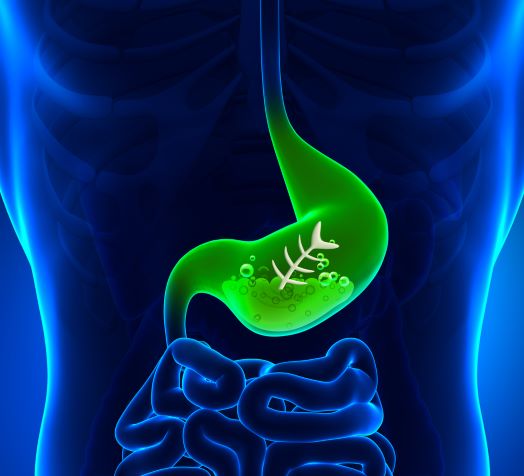

27 years after Cpt. Charles J. Moore first discovered the Great Pacific Garbage Patch, marine plastic pollution continues to be a growing threat to the marine environment. To add to the worry and also giving strength to all the environmentalists across the world, a pilot study conducted by the Federal Environment Agency and the Medical University of Vienna, microplastics in the human stool was discovered for the first time – in all of the eight international participants.
The participants, five women and three men aged 33-65, were from Finland, the Netherlands, the United Kingdom, Italy, Poland, Russia, Japan and Austria. They kept a nutrition diary for a week and then gave a stool sample. All participants consumed plastic-packed food or beverages from PET bottles, the majority of them consumed fish or seafood, and no one fed exclusively on vegetarian food.
In all eight persons, microplastics was detected in the stool, on average 20 microplastics particles per 10 grams of stool. “In our laboratory, we were able to detect nine different types of plastics ranging in size from 50 to 500 micrometres,” explains Bettina Liebmann, the expert at the Federal Environment Agency responsible for microplastics analyses. PP (polypropylene) and PET (polyethylene terephthalate) was most frequently found in the samples.
“Due to the small number of volunteers, we are unable to establish a reliable connection between nutritional behaviour and exposure to microplastics”, explains the first author Philipp Schwabl from the Division of Gastroenterology and Hepatology at MedUni Vienna, “the effects of the microplastic particles found on the human organism – in particular on the digestive tract – can only be investigated in the context of a larger study”.
The study underlines the importance of the recent move that the European Union Parliament took by approving a ban on the use of Single Use plastics, likely to take affect by 2021.
According to one study by Laboratory of Environmental Toxicology and Aquatic Ecology, average European shellfish consumer has an uptake of 6400 microplastics per year. The annual dietary exposure for European shellfish consumers can amount to 11,000 microplastics per year, if we include mammals that are also consumed.
Also Read: United Kingdom to Call for 30% of Seas to Be Protected by 2030
Highest microplastics concentrations found in animals are present in the gastrointestinal tract, but smallest plastic particles were also found in blood, lymph and even in the liver. “Although there are initial indications that microplastics can damage the gastrointestinal tract by promoting inflammatory reactions or absorbing harmful substances, further studies are needed to assess the potential dangers of microplastics for humans,” Schwabl notes.
Plastic debris has become ubiquitious across the world’s seas and oceans, and its effect is all too visible for most (vertebrate) wildlife. Yet, to date, the impacts of microplastics are less understood. These plastic particles (< 1mm), found in cosmetics and can form through degradation of larger plastic items.
The presence of microplastics in food could pose a threat to food safety. However, due to the complexity of estimating microplastic toxicity for Human health through food is not yet possible.
Global plastic production has grown rapidly and currently is more than 400 million tons per year. It is estimated that two to five percent of the plastic produced ends up in the sea, where the waste is crushed and absorbed by marine animals and can reach human gut via the food chain.
Reliance Industries Ltd (RIL) Chairman Mukesh Ambani has announced a massive ₹75,000 crore investment in…
Green-energy heavy-duty truck maker Blue Energy Motors has reached a remarkable milestone by surpassing 50…
India is on track to exceed its Nationally Determined Contribution (NDC) target of reducing the…
Raj Process Equipments and Systems Pvt Ltd, a Pune-based technology innovator and engineering conglomerate, is…
Europe’s renewable energy sector faces a potential slowdown, burdened by grid saturation, permitting delays, and…
Hexa Climate has announced the launch of a pioneering afforestation project in Purulia, West Bengal.…